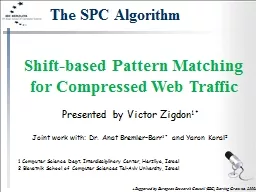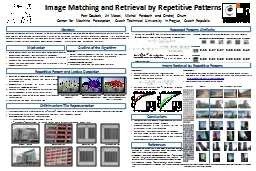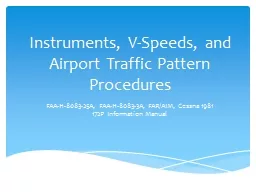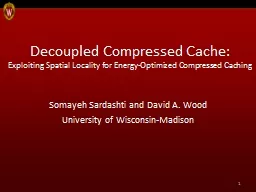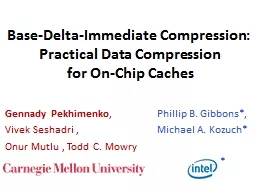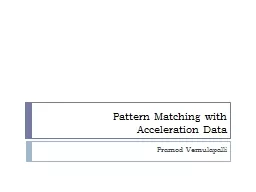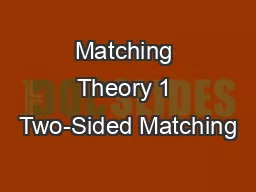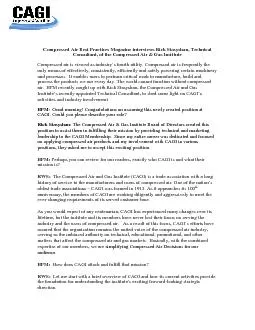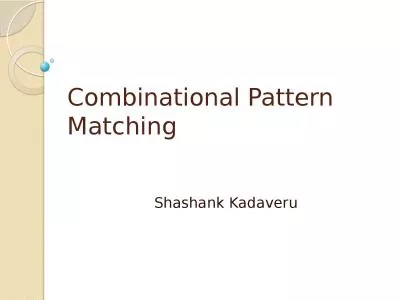PPT-Shift-based Pattern Matching for Compressed Web Traffic
Author : tatiana-dople | Published Date : 2016-03-17
Presented by Victor Zigdon 1 Joint work with Dr Anat Bremler Barr 1 and Yaron Koral 2 The SPC Algorith m 1 Computer Science Dept Interdisciplinary Center Herzliya
Presentation Embed Code
Download Presentation
Download Presentation The PPT/PDF document "Shift-based Pattern Matching for Compres..." is the property of its rightful owner. Permission is granted to download and print the materials on this website for personal, non-commercial use only, and to display it on your personal computer provided you do not modify the materials and that you retain all copyright notices contained in the materials. By downloading content from our website, you accept the terms of this agreement.
Shift-based Pattern Matching for Compressed Web Traffic: Transcript
Download Rules Of Document
"Shift-based Pattern Matching for Compressed Web Traffic"The content belongs to its owner. You may download and print it for personal use, without modification, and keep all copyright notices. By downloading, you agree to these terms.
Related Documents

